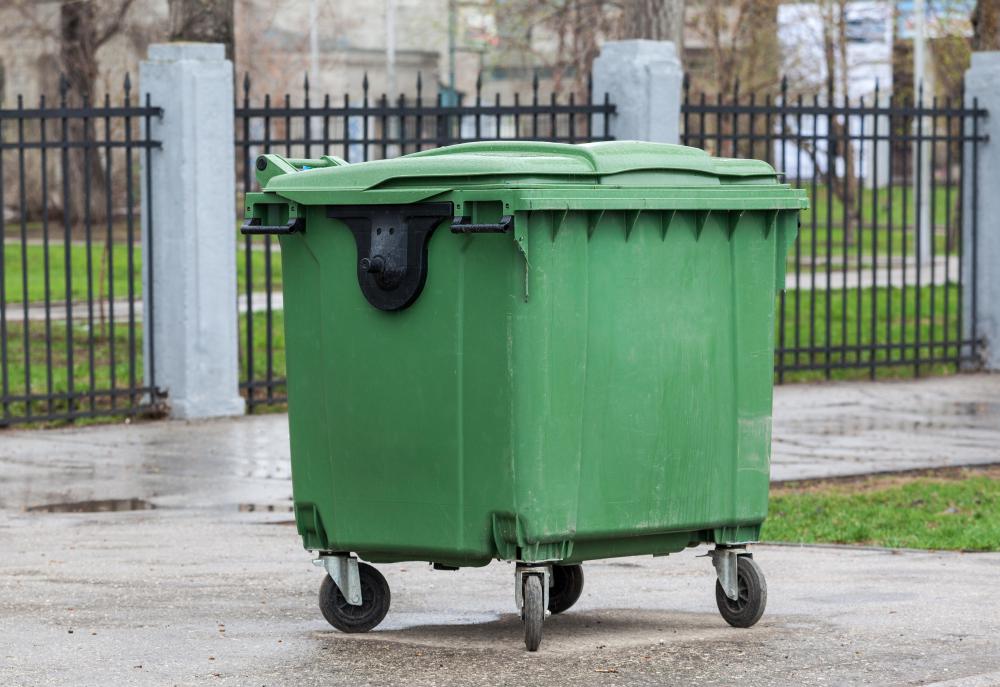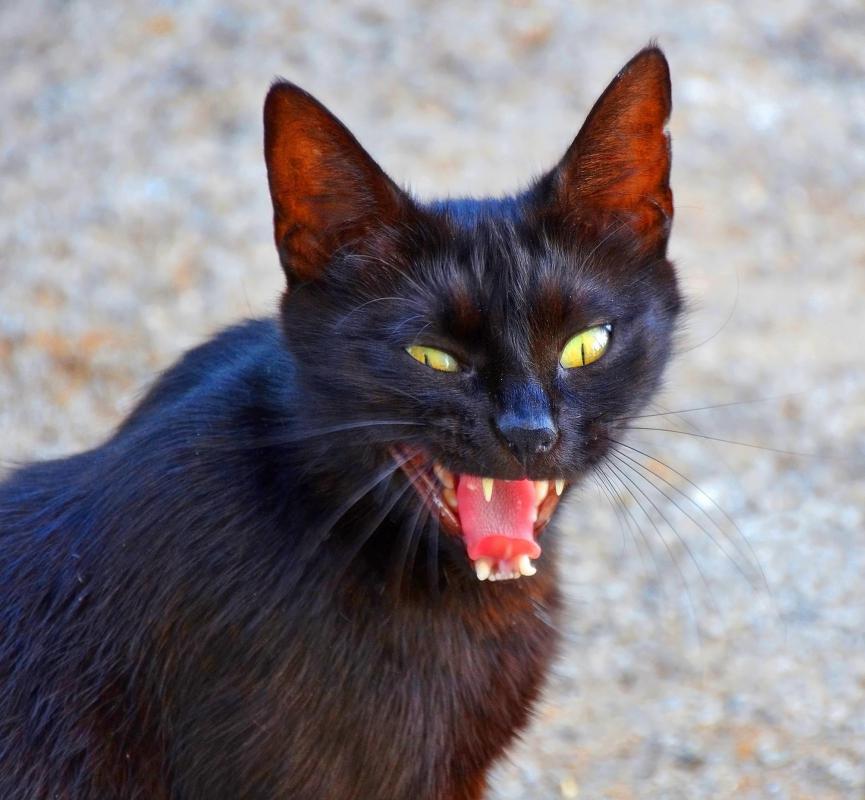At AllThingsNature, we're committed to delivering accurate, trustworthy information. Our expert-authored content is rigorously fact-checked and sourced from credible authorities. Discover how we uphold the highest standards in providing you with reliable knowledge.
What are Feral Animals?
The term feral refers to any type of animal or plant that was once domesticated but has now reverted to the wild. Domesticated animals become feral when they are released, abandoned or if they escape from human captivity. A feral animal not only include the once domesticated individuals but also any offspring the animals may have or will produce after they have become feral.
Most feral animals in any particular region arrive there due to human activity. In order for them to become feral they must be able to survive in the habitat independently. For this reason exotic pets do not normally survive long enough to be deemed feral.

Feral animals commonly include livestock such as goats and pigs and house pets like dogs and cats. When these animals are left to fend for themselves they almost always cause a problem either for people or the natural environment that they have come to inhabit. These feral animals are known as invasive species when they impact the environment and/or pests when they become a problem for their estranged human companions.

Feral cat populations may very well be the most abundant form of invasive species in the world. Cats, which were once endemic only to Africa, have made their way to every continent in the world. Currently there are only a few small islands that do not have cats inhabiting them.
Because of their success at reproducing, feral cats make up large groups which are called feral cat colonies. These colonies can become extremely numerous. Although avoiding of human contact, feral cats often congregate near restaurants, dumpsters and residential garbage cans in search of leftovers; a burden felt by many who have to deal with them. In addition, a feral cat colony often becomes to large to support each member and the cats become ill from starvation and disease.

Many animal advocacy groups work with municipalities and others to reduce feral cat populations in a humane way. Some of their strategies include rehabilitation of fierce feral cats to prepare them for adoption, catching and neutering feral cats to reduce future populations and then relocating them to an area where they will have a lesser impact.
Feral goats are another animal that is considered destructive and dangerous to the environment in countries where they have been introduced such as Australia and Ecuador’s Galapagos Islands. With few natural predators, feral goats reproduce profusely and ravage the unique vegetation in the ecosystems. This not only endangers plant life but also the native animals that rely on the vegetation for sustenance which are not able to successfully compete with the goats. These countries have implemented progressive strategies to eradicate feral animals in their conservation efforts.
Frequently Asked Questions
What exactly defines an animal as feral?

A feral animal is one that has escaped from domestication and returned to a wild state. Over generations, these animals adapt to living in the wild, often developing survival skills and behaviors distinct from their domesticated counterparts. They typically originate from species that were once domesticated by humans for companionship, labor, or food.
How do feral animals impact native ecosystems?
Feral animals can significantly disrupt native ecosystems by preying on indigenous species, competing for resources, and spreading diseases. For instance, in Australia, feral cats have contributed to the decline of several native species. According to the Australian government, feral cats threaten the survival of over 100 native species by predation and competition.
Are feral animals the same as invasive species?
While feral animals are often invasive, not all invasive species are feral. Feral animals are domesticated species that have reverted to the wild, whereas invasive species are any non-native organisms that cause harm to the environment, economy, or human health. Both can have detrimental effects on local ecosystems and biodiversity.
What are some common examples of feral animals?
Common examples of feral animals include feral pigs, feral cats, and feral goats. In the United States, feral pigs are a growing problem, causing an estimated $1.5 billion in damages and control costs annually, according to the USDA. These animals often originate from escaped livestock or pets that have adapted to life in the wild.
Can feral animals be re-domesticated?
Re-domestication of feral animals is challenging and not always possible. It depends on the species, the length of time in the wild, and the individual animal's adaptability. While some feral animals, like certain dogs or cats, may readjust to human care with effort, others may remain too wild to safely integrate into domestic life.
What measures are taken to manage feral animal populations?
Management strategies for feral animal populations include trapping, sterilization, relocation, and sometimes culling. These methods aim to reduce the negative impacts on ecosystems and human activities. For example, the TNR (Trap-Neuter-Return) program is widely used for feral cats to prevent overpopulation without harming the existing animals.
AS FEATURED ON:
AS FEATURED ON:














Discussion Comments
Feral dogs are becoming more and more of a problem in urban areas. I've heard of roving dog gangs in places like Samoa, or even New York City.
Often no one wants to bother with going through the process of locking them up, or destroying the dogs. They get used to attacking small animals for food, and eventually get too bold around humans as well, which is when they stop being cute.
I think it all comes down to people being made to neuter and spay their dogs, so they don't end up dumping puppies which can become feral. But, unfortunately, people don't seem to be willing to take that responsibility.
Goats are surprisingly dangerous to the environment. They have created huge stretches of desert in several different countries.
It's a shame because they are one of the most useful of domestic animals. They have all the advantages of a cow in a much smaller package, and they are also smart and able to thrive in rougher environments.
On the one hand a lot of people like to hunt feral goats and they provide a bit of extra meat like feral pigs do. But, they are just too destructive to keep around if it is possible to remove them from an ecosystem.
Post your comments